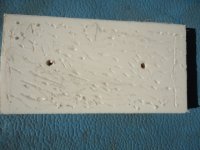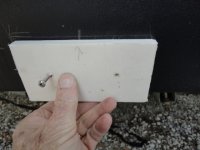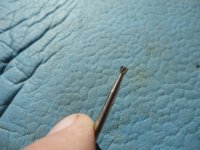Mooker
New member
- Joined
- Nov 18, 2022
- Messages
- 8
- Reaction score
- 0
- C Dory Year
- 2006
- C Dory Model
- 22 Angler
- Vessel Name
- Capt. Nook
Hey all, I'm the new owner of a 2006 22' Angler. Previous owner had an intense relationship with his screw gun and added extras everywhere on the boat, and now I'm removing redundant lights, PA speaker, horns, etc.
My current project is the removal of two fishfinder transducers and install of new. I'm looking for advice on how to plug the old holes on the transom below the water line. And, of course, none of the old holes line up with the new transducer bracket.
Also looking for what to use to remove old silicone caulking without harming the finish.
My current project is the removal of two fishfinder transducers and install of new. I'm looking for advice on how to plug the old holes on the transom below the water line. And, of course, none of the old holes line up with the new transducer bracket.
Also looking for what to use to remove old silicone caulking without harming the finish.



